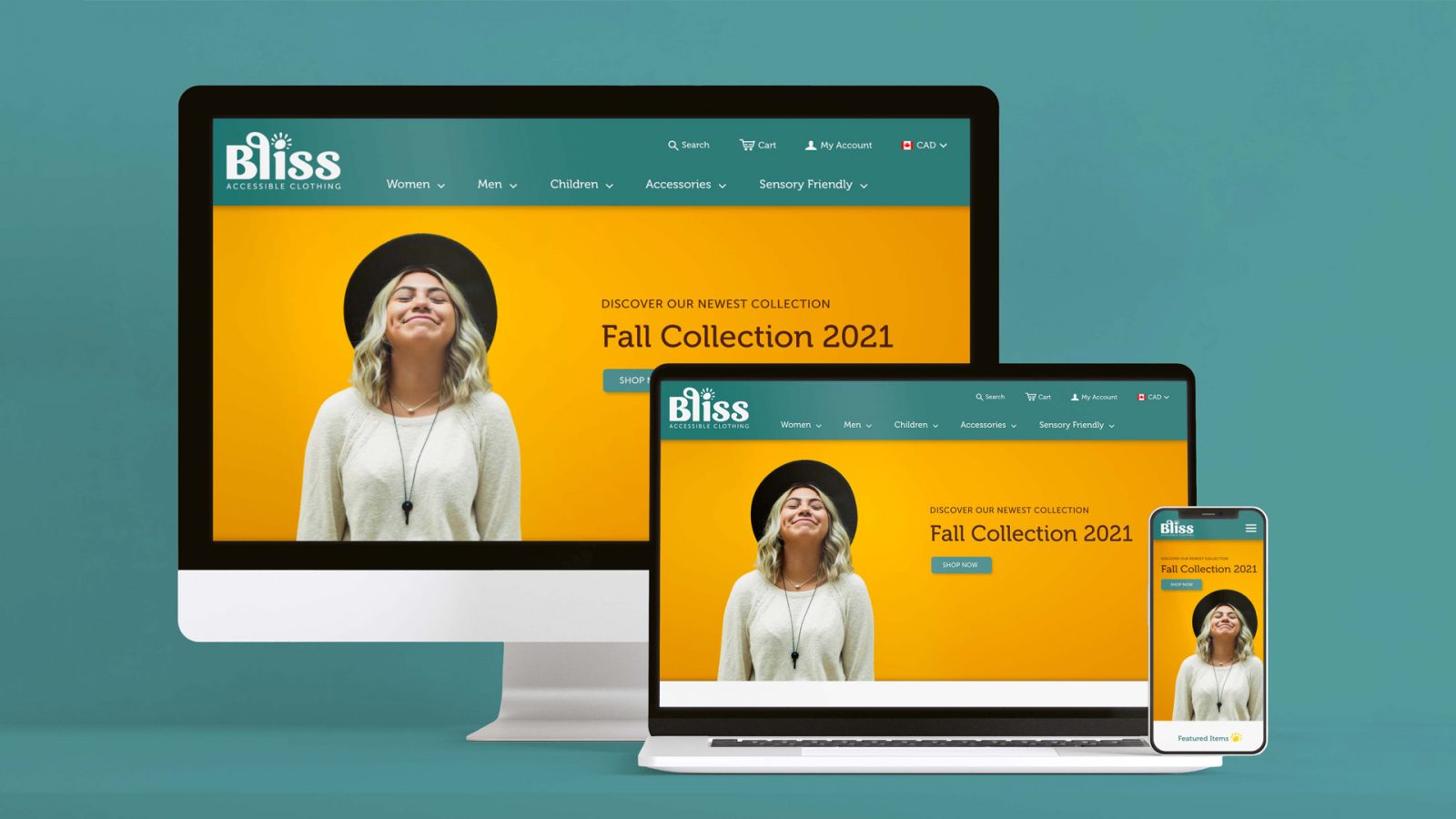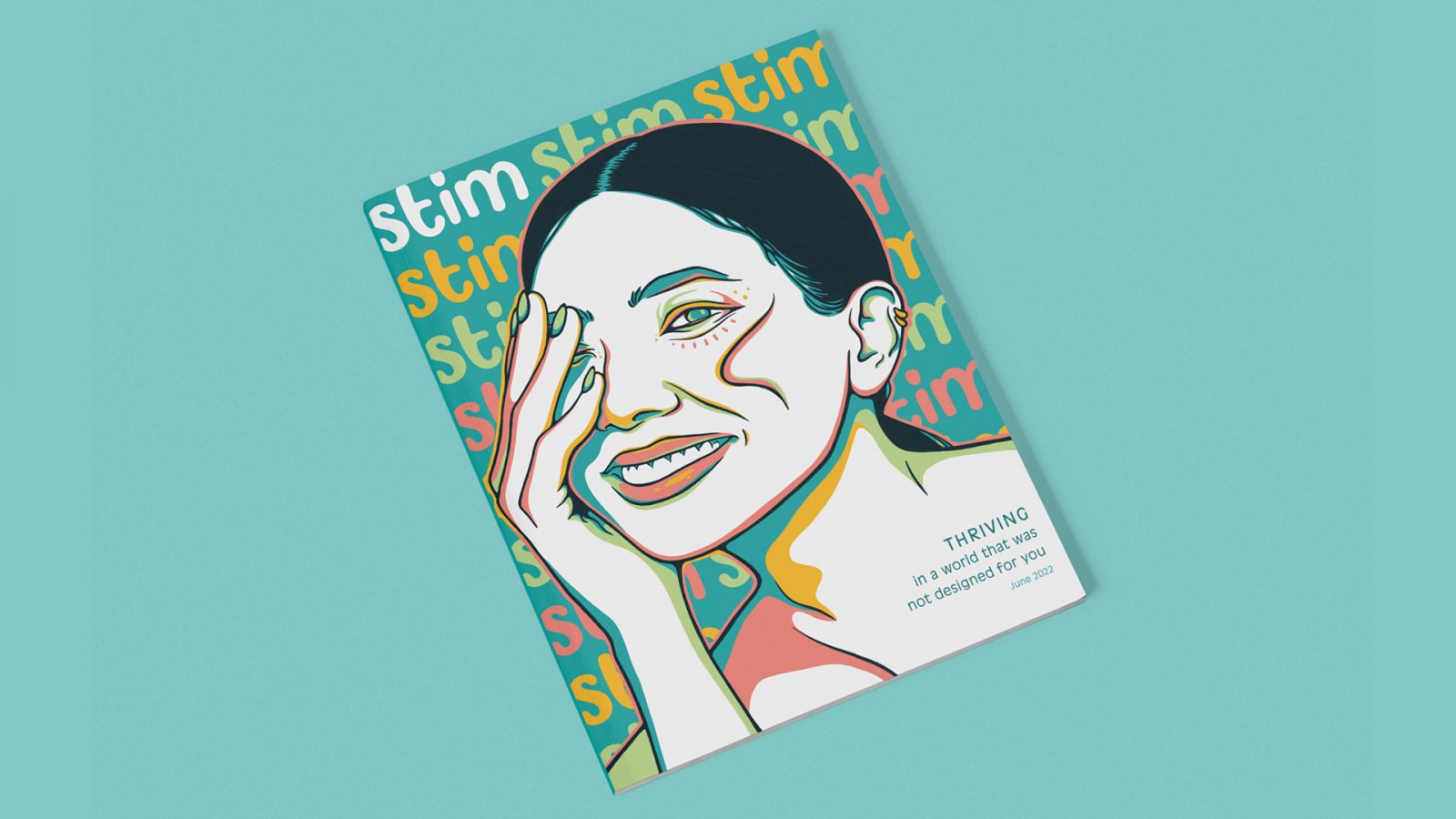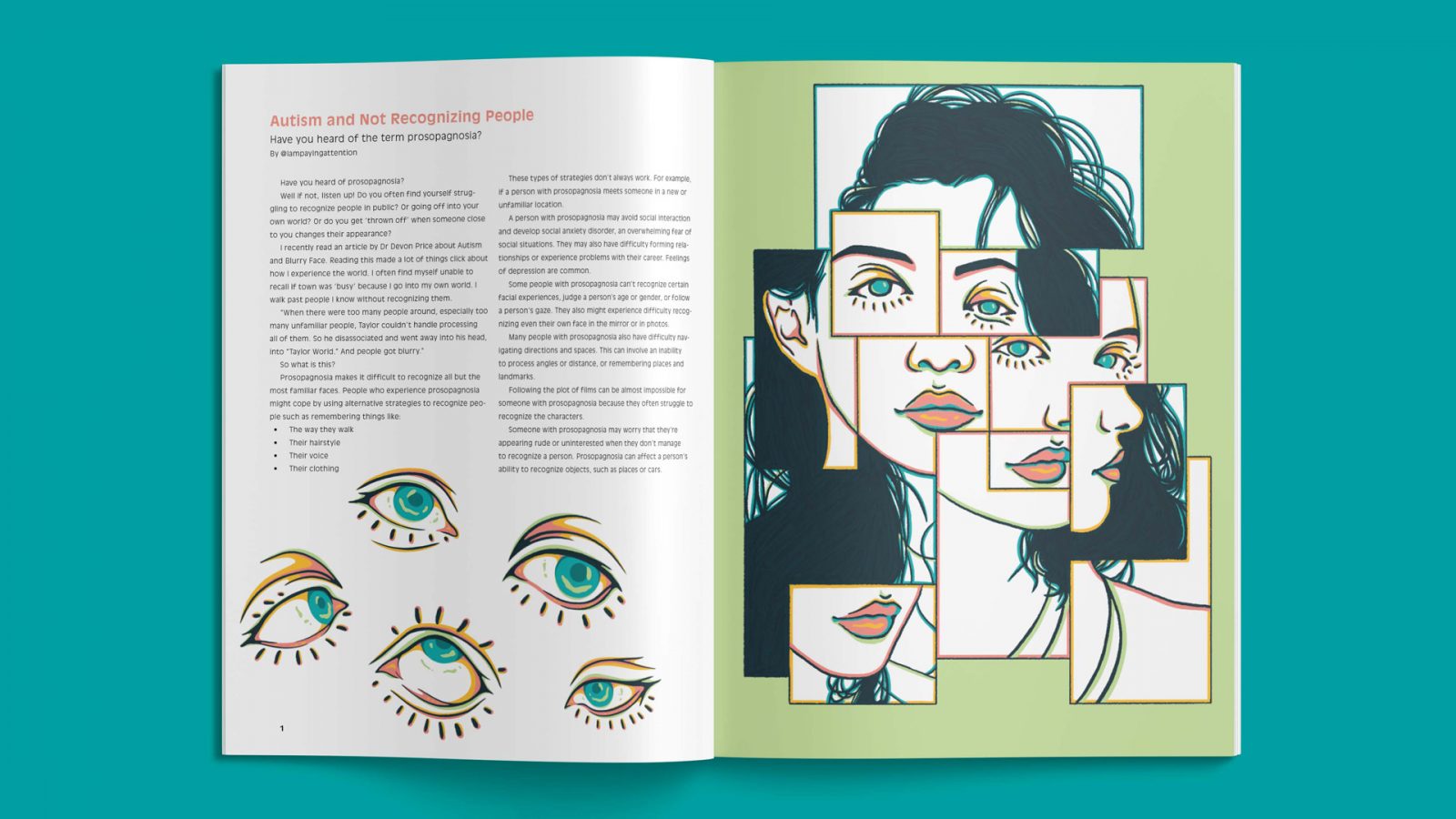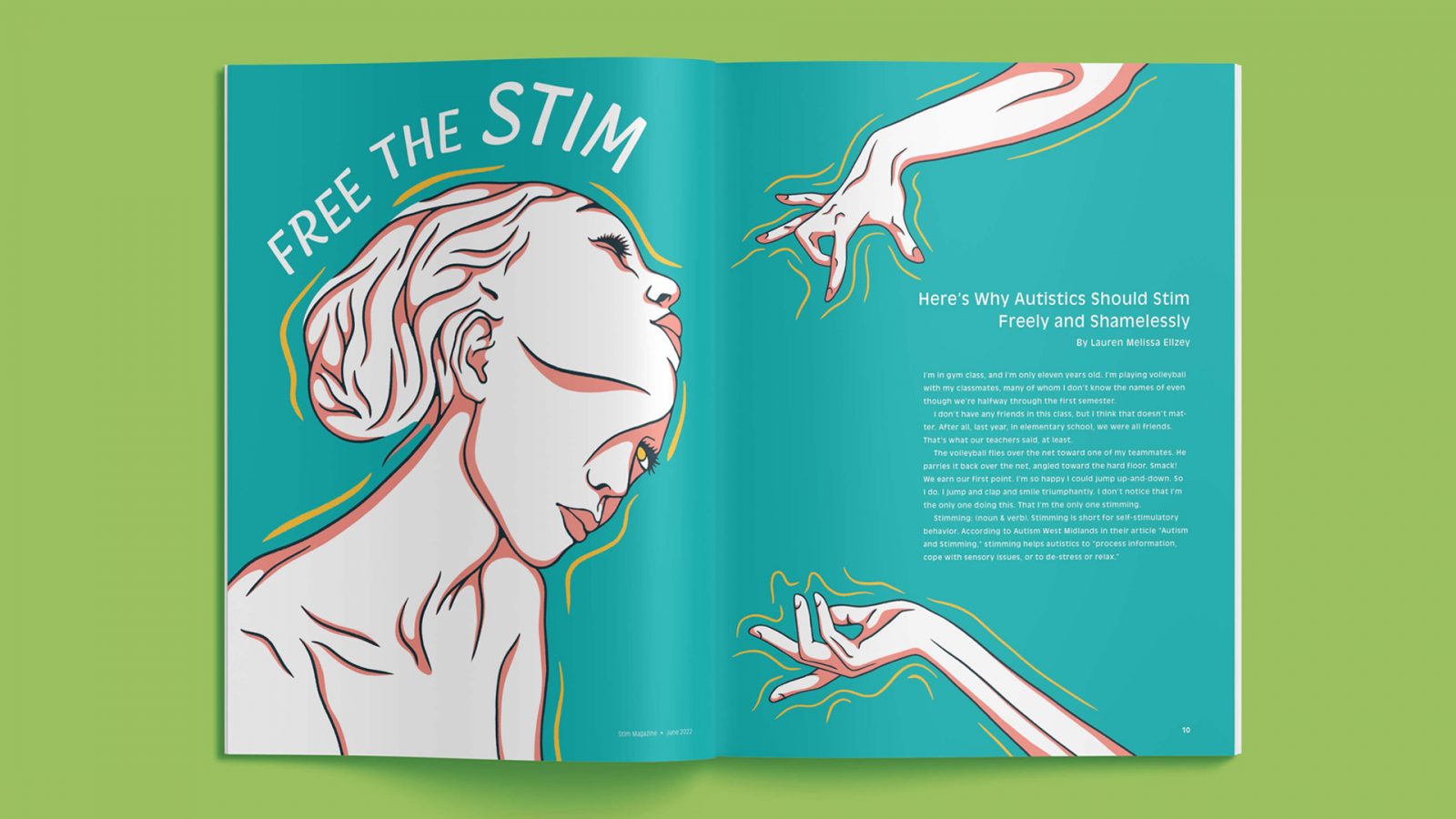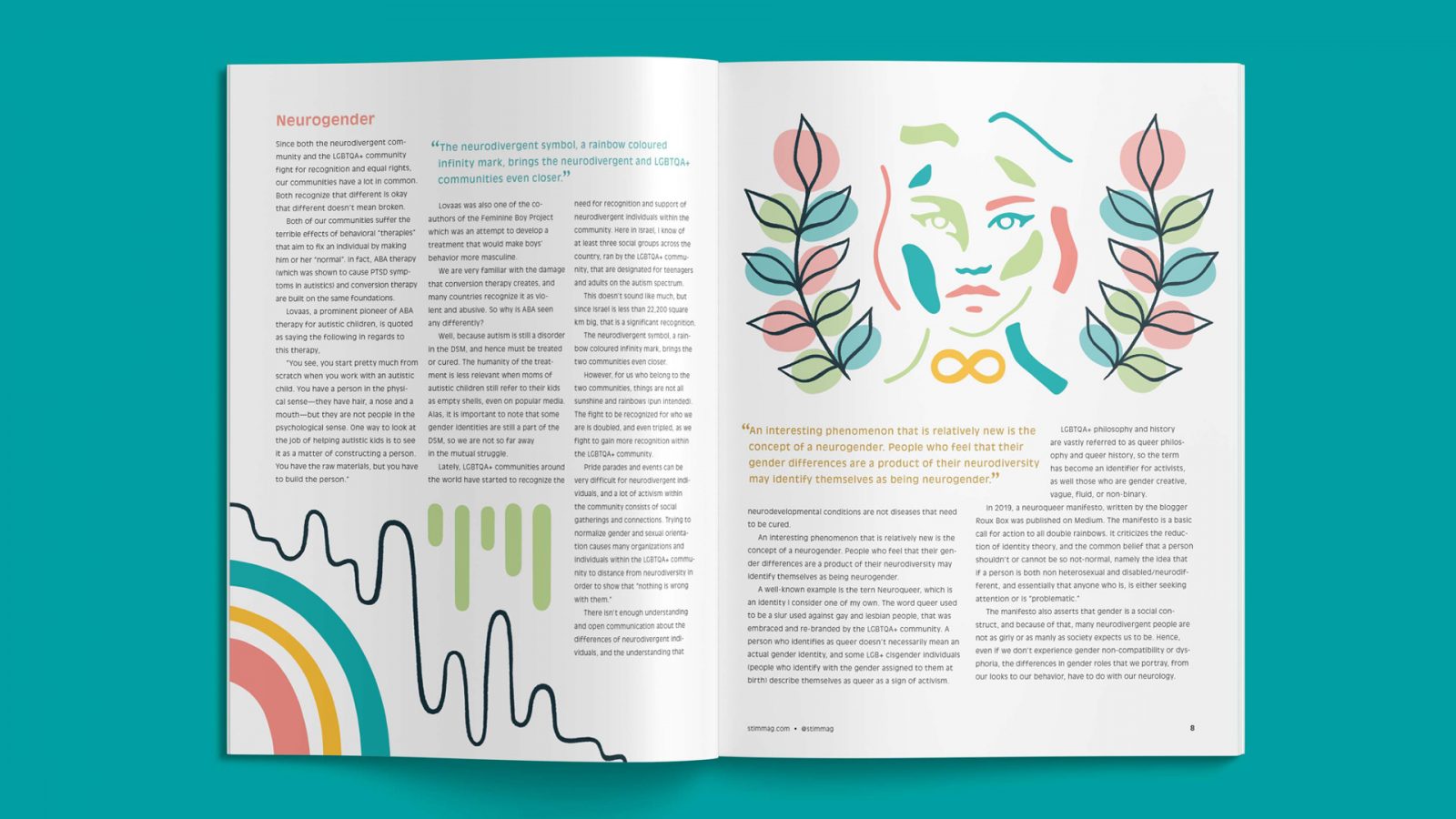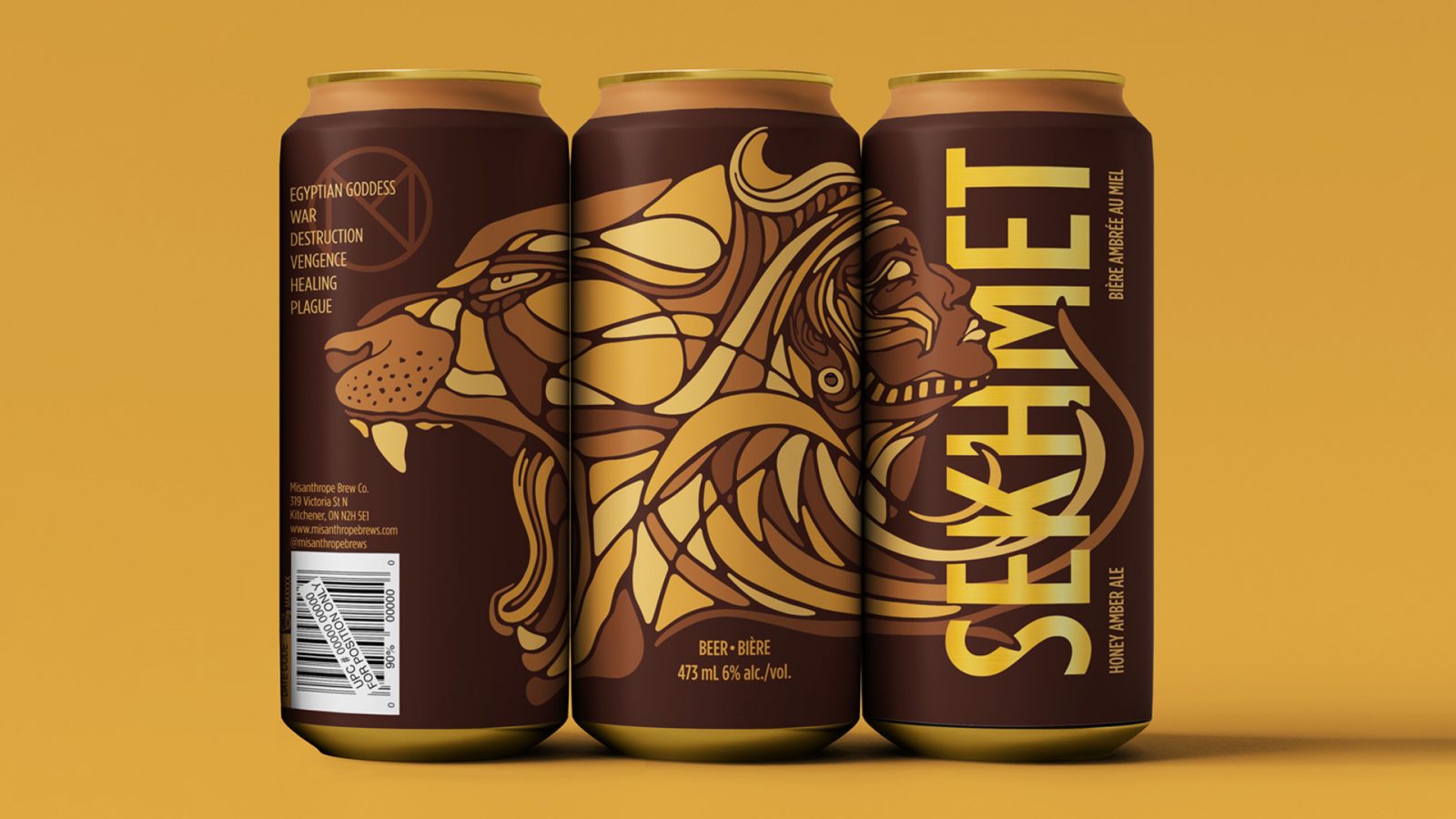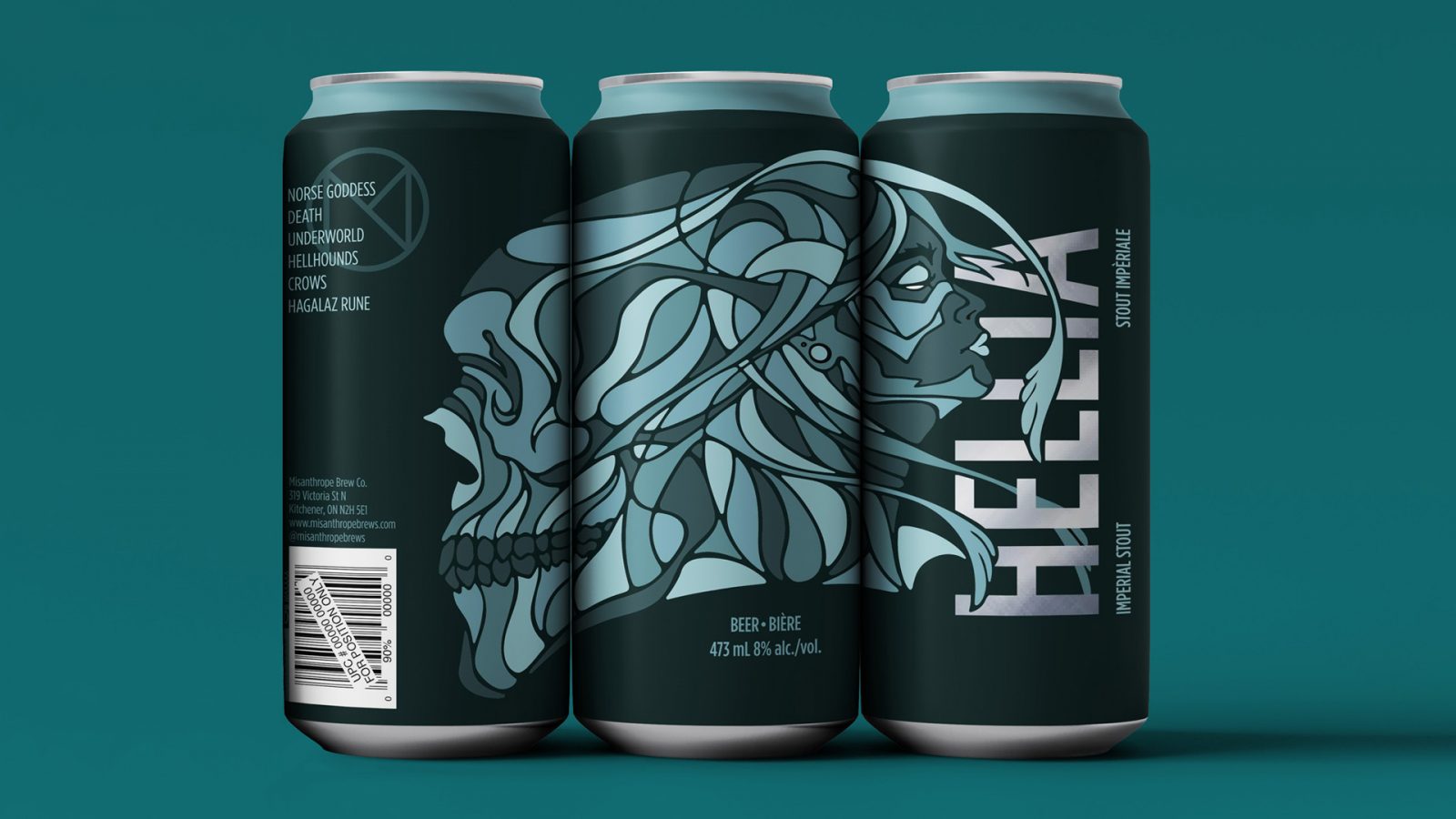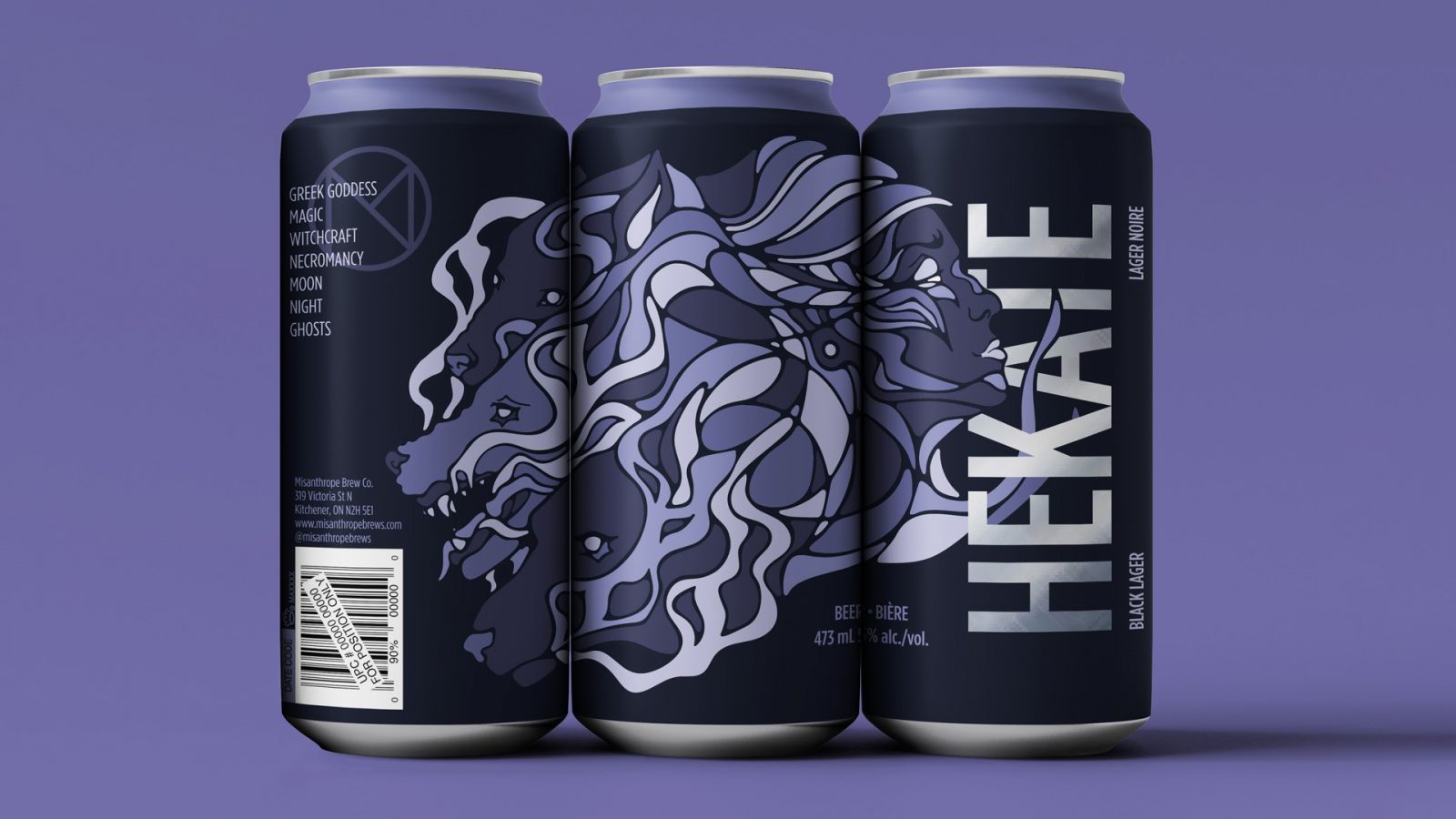
Hannah
Gilbert
Hannah is a versatile graphic design who has a passion for illustration, packaging, branding, and storytelling. She brings a unique perspective to every project she works on and is always willing to learn. She is detail-oriented, a quick learner, and a strong communicator.
